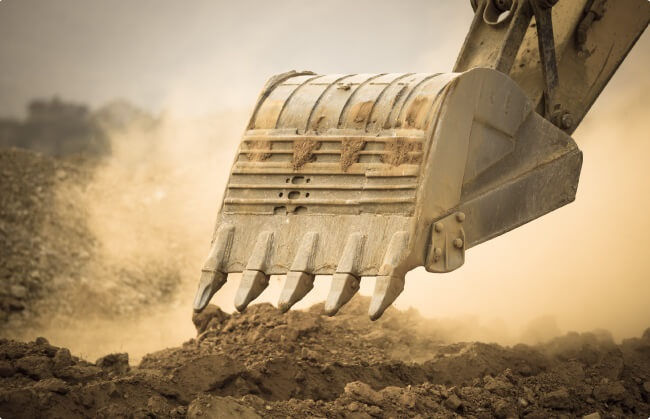Comprehensive Waste Classification Report Unveils Key Findings on Sydney's Environmental Impact
- birdjackson018
- Mar 11, 2024
- 2 min read
Waste management is a critical aspect of maintaining environmental sustainability and public health in any urban area. In Sydney, like many other cities around the world, waste classification plays a significant role in managing waste effectively.
Waste classification involves categorizing different types of waste based on their properties, composition, and potential environmental impact. Understanding waste classification is essential for proper disposal, recycling, and treatment of waste materials.
What is waste classification?
Waste Classification Sydney is the process of categorizing waste materials into distinct groups based on various factors such as their chemical composition, toxicity, and potential environmental impact. In Sydney, waste classification follows specific guidelines and regulations set forth by government agencies to ensure proper handling and disposal of waste.
Types of waste classification
Hazardous waste - Hazardous waste includes materials that pose a threat to human health or the environment due to their toxic, corrosive, flammable, or reactive properties. Examples of hazardous waste include certain chemicals, batteries, pesticides, and medical waste.
Non-hazardous waste - Non-hazardous waste encompasses materials that do not pose a significant risk to human health or the environment. This category includes items such as household waste, construction debris, and organic matter.
Specialized waste- Some waste materials require specialized handling and disposal methods due to their unique properties. This category may include electronic waste (e-waste), radioactive waste, and asbestos-containing materials.
Importance of waste classification
Environmental Protection - Proper waste classification helps prevent pollution of air, soil, and water by ensuring that hazardous materials are handled and disposed of safely.
Public Health - By identifying and categorizing hazardous waste, waste classification helps protect public health from exposure to harmful substances.
Resource Conservation - Waste Classification Sydney promotes recycling and reuse of materials, thereby conserving natural resources and reducing the need for raw materials.
Regulatory Compliance - Businesses and industries must comply with waste classification regulations to avoid legal penalties and ensure responsible waste management practices.
A Waste Classification Report Sydney is a document that provides detailed information about the classification of waste materials. These reports are often required for regulatory compliance, especially for industries that generate significant amounts of waste.
The waste classification report ensures that the waste generator complies with relevant environmental regulations and permits.
Conclusion
Waste classification is a vital aspect of waste management in Sydney, ensuring that waste materials are handled, treated, and disposed of responsibly. The Waste classification report Sydney provide essential information for regulatory compliance and help protect public health and the environment. By understanding waste classification and following proper guidelines, individuals and businesses can contribute to a cleaner, safer, and more sustainable future for Sydney and beyond.





Comments